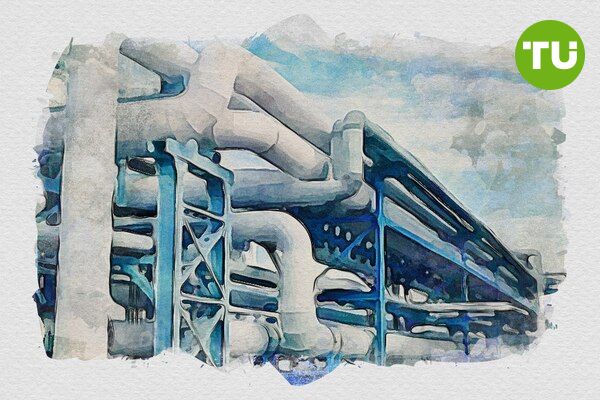Natural gas prices slip as bearish momentum dominates amid weak demand
 Natural gas prices decline to $3.70, testing support levels amid bearish sentiment
Natural gas prices decline to $3.70, testing support levels amid bearish sentiment
Natural gas (NG) prices declined by 1.58%, trading at $3.70 on Thursday, as bearish momentum intensified. The commodity dropped below its pivot point of $3.87, signaling a continuation of the recent downtrend.
Immediate support levels are seen at $3.55 and $3.33, with the latter aligning closely with the 200-day EMA at $3.38. Meanwhile, resistance at $4.14 and $4.35 remains key for a potential bullish reversal.
The broader sentiment reflects caution as the 50-day EMA, currently at $3.83, has transitioned into a short-term resistance level. Weak demand expectations, coupled with production challenges due to colder weather, continue to weigh on the market. Analysts anticipate substantial storage withdrawals exceeding 200 billion cubic feet (bcf) in the next three weeks, potentially driving storage levels below the five-year average for the first time since January 2022.
Natural gas price analysis (Dec 2024 - Jan 2025) Source: TradingView.
Colder weather sparks temporary demand spike
Recent forecasts of a cold snap over the Martin Luther King Jr. Day weekend have bolstered expectations for increased heating demand. However, U.S. gas production has already declined in January due to freeze-offs, with further disruptions anticipated. LNG exports have surged to new highs, adding a layer of demand pressure, yet the broader outlook remains subdued as market participants await clearer trends.
Outlook: Monitoring critical support and resistance
Traders are closely observing whether natural gas can sustain levels above the $3.55 support zone. A move above $3.87 could reignite bullish sentiment, targeting $4.14. Conversely, further declines could lead to a deeper retracement toward $3.33, underlining the importance of maintaining current support levels in the near term.
In our prior analysis, we highlighted the interplay of weather-driven demand and production constraints as key factors shaping the natural gas market. These dynamics remain pivotal as traders navigate heightened volatility.













































































































































